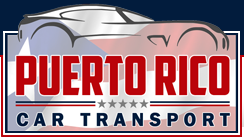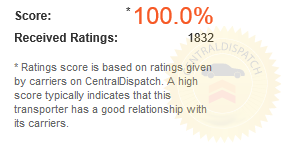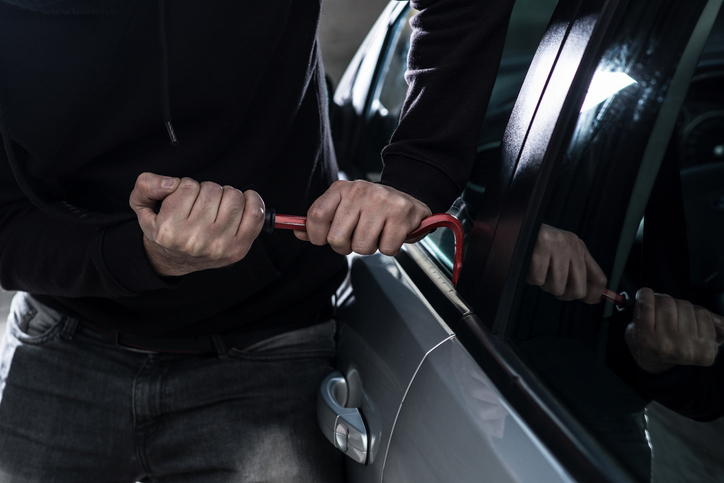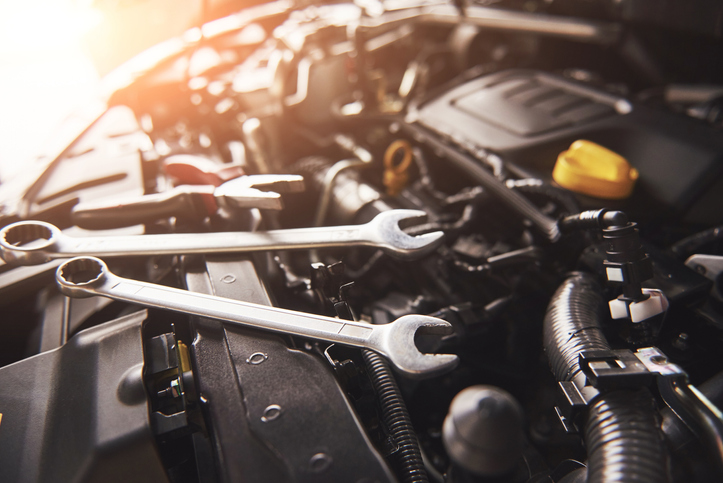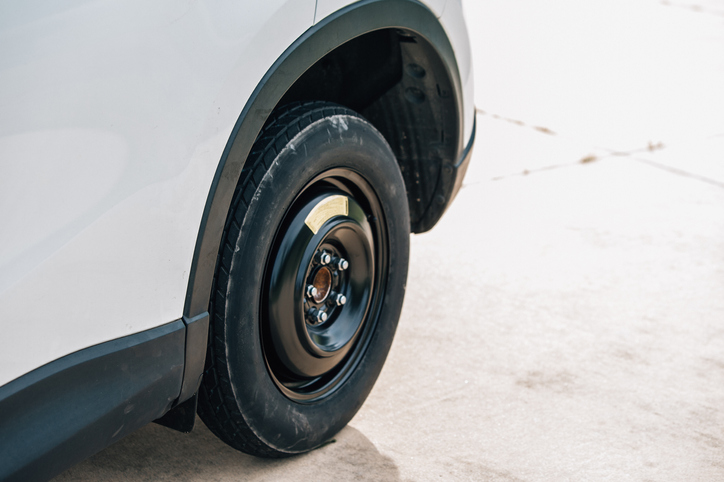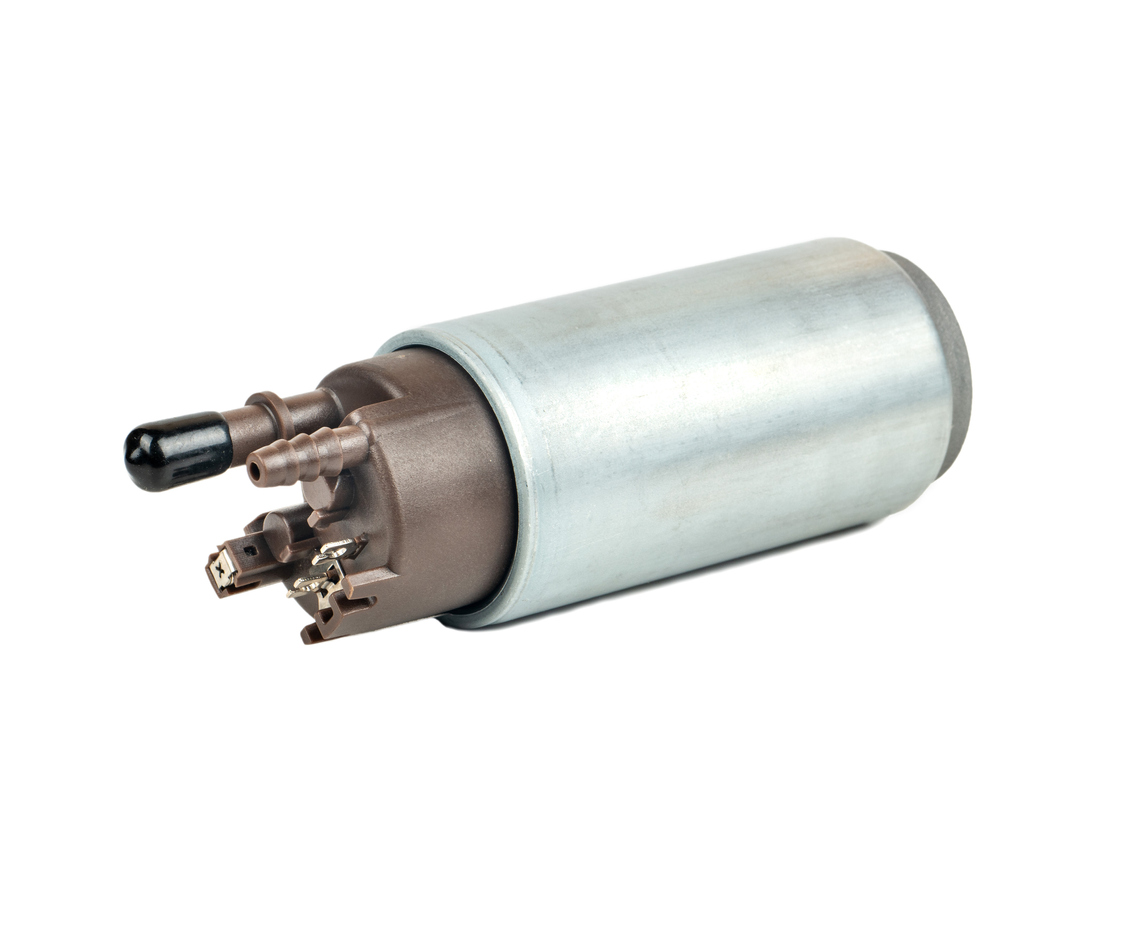Registering a vehicle in Puerto Rico is a necessary step for anyone shipping a car to or purchasing a vehicle on the island. As a U.S. territory, Puerto Rico follows similar registration protocols to the mainland but with its own special requirements and procedures that must be followed to stay legal on the road.
If you’re caught driving an unregistered vehicle in Puerto Rico, you could face fines of at least $100, potential license suspension, and points that could increase your insurance premiums. For U.S. residents, the process is somewhat simpler than for non-residents, but still requires attention to detail and patience. Your U.S. driver’s license is valid in Puerto Rico, but any vehicle must be registered within three days of arrival, with typical registration costs around $300.
Below, we will explain everything you need to know about registering your car in Puerto Rico, from required documentation to step-by-step instructions and helpful tips to make the process as smooth as possible.
Required Documentation for Vehicle Registration
The documentation needed to register your vehicle in Puerto Rico varies depending on whether you’re a resident or non-resident. Having all required paperwork ready before beginning the process can save significant time and frustration.
For Puerto Rico Residents
If you’re a resident of Puerto Rico, you’ll need to prepare the following documents:
- Valid Puerto Rico driver’s license
- Original vehicle title (clean and free of liens)
- Purchase invoice or bill of sale
- Vehicle shipping documents (if imported from the mainland)
- Proof of excise tax payment
- Social Security card
- Proof of address (utility bill, lease agreement, etc.)
For Non-Residents
Non-residents face additional requirements when registering a vehicle:
- Valid U.S. driver’s license
- Passport
- Social Security card
- Original vehicle title
- Import documents
- Proof of excise tax payment
- Proof of property ownership or rental agreement in Puerto Rico
It’s important to note that the registration process is generally more straightforward for residents. If you’re planning an extended stay in Puerto Rico, it may be worth considering becoming a resident first before attempting to register your vehicle.
Required Forms
In addition to personal documentation, you’ll need to obtain and complete several forms during the registration process:
- “Expedicion Comprobantes de Pago” form (from DTOP)
- Emissions test certificate
- “Informe de Investigation” form (provided after inspection)
Step-by-Step Registration Process
Registering your car in Puerto Rico involves multiple steps and likely several days to complete. Here’s a detailed breakdown of the process:
1. Visit the DTOP Office
Your first stop will be the Department of Transportation and Public Works (DTOP) office. Be prepared for potentially long wait times—bringing something to keep yourself occupied is recommended. At this office, you’ll complete and receive the “Expedicion Comprobantes de Pago” form, which serves two important purposes:
- Request for an emissions test
- Bill for payment at the Hacienda (Treasury) office
Pro Tip: Don’t lose this form, as you’ll need it throughout the registration process. If misplaced, you’ll have to start the entire process over again.
2. Complete Emissions Testing
Take your form to an authorized emissions testing station (known locally as a “garage”). Testing typically costs between $20 and $50, depending on the location, and takes only a few minutes to complete. Upon passing, you’ll receive a certificate confirming that your vehicle meets emissions standards.
3. Pay Fees at Hacienda
With your emissions certificate in hand, proceed to a Hacienda (Treasury) office to pay the required fees. Similar to DTOP, expect significant wait times. Consider visiting offices in less populated areas, which often have shorter lines.
Important: Some Hacienda offices may only accept cash payments, so come prepared with sufficient funds.
4. Return to DTOP for Vehicle Inspection
After paying your fees, you’ll receive a receipt that must be taken back to the DTOP office. Officials will verify your payment and conduct a physical inspection of your vehicle to confirm:
- The information provided matches the actual vehicle
- The vehicle is not reported stolen
- The vehicle identification number (VIN) is legitimate
5. Complete Final Registration
Following the inspection, you’ll receive the “Informe de Investigation” form. Take this document back inside the DTOP office to complete the final registration process. Once approved, you’ll receive your registration sticker (marbete).
6. Apply Registration Sticker
Place the registration sticker on the inside of your windshield as soon as possible. This sticker must be clearly visible, as it serves as immediate proof of registration for law enforcement.
Registration Renewal Process
Vehicle registrations in Puerto Rico expire annually and must be renewed to avoid penalties. Understanding the renewal process is essential for ongoing compliance.
Annual Renewal Requirements
The renewal process generally includes:
- Vehicle inspection at an authorized garage
- Payment of any outstanding traffic fines
- Proof of insurance (compulsory or private)
- Payment of annual registration fees
- Receipt of new marbete (car tag)
Required Documentation for Renewal
For renewal, you’ll typically need:
- Current registration paperwork
- Vehicle inspection certificate
- Proof of insurance
- Valid ID
- Payment for renewal fees
Renewal Timeline
Registration renewals in Puerto Rico follow a schedule based on the last digit of your license plate number:
- Plates ending in 1: January
- Plates ending in 2: February
- Plates ending in 3: March
- And so on…
The DTOP does not send renewal reminders, so it’s your responsibility to track your expiration date and renew on time to avoid penalties.
Tips for a Smoother Registration Experience
Here are some practical tips to help you through the car registration process in Puerto Rico more efficiently:
- Prepare Comprehensive Documentation: Before visiting any government office, create a folder with all original documents and make copies of everything.
- Visit Offices Early in the Morning: Arrive at DTOP and Hacienda offices before they open to minimize wait times and increase your chances of completing that day’s steps.
- Consider Offices in Rural Areas: Government offices in less populated towns often have significantly shorter wait times than those in San Juan and other major cities.
- Bring Cash for All Transactions: Many government offices have inconsistent card payment systems, so having sufficient cash ensures you won’t face payment issues.
- Learn Basic Spanish Phrases: While many officials speak some English, knowing key terms related to vehicle registration can help avoid miscommunications.
- Be Prepared for Multiple Visits: Accept that the process may take several days and plan accordingly with flexible scheduling.
- Pack Essentials for Long Waits: Bring water, snacks, phone chargers, and something to read during potentially lengthy wait times.
- Keep All Documentation Secure: Store all receipts, forms, and certificates safely between visits, as losing any document means starting the process over.
These local procedures require patience and preparation, which will significantly reduce your stress during the registration process.
How Puerto Rico Car Transport Can Help
Local drivers in Puerto Rico face different road conditions and traffic patterns than mainland drivers, making professional car shipping an excellent option for bringing your vehicle to the island safely. Our team of shipping experts specializes in car shipping to and from Puerto Rico with over 30 years of experience.
We offer:
- Nationwide Door-to-Door Service: Pickup from any continental U.S. location directly to the port in San Juan
- Complete Documentation Handling: We manage all shipping paperwork required for transport
- Secure Ro/Ro Transportation: Your vehicle travels safely inside the ship, protected from elements
- Real-Time Shipment Tracking: Monitor your vehicle’s journey with our 24/7 online tracking system
- Expert Support: Our shipping specialists guide you through the transport process
Trusting your car shipping to our experienced team allows you to focus on the registration process with confidence. You can receive an instant quote through our online calculator or call (904) 322-7644 for personalized assistance with your Puerto Rico transport needs.
Frequently Asked Questions
How long can I drive with a U.S. license in Puerto Rico?
Your U.S. driver’s license is valid in Puerto Rico for up to 90 days. After this period, residents should obtain a Puerto Rico driver’s license.
Is auto insurance required in Puerto Rico?
Yes, all registered vehicles in Puerto Rico must have insurance coverage. You can purchase a private policy or pay for the government’s compulsory liability insurance through DTOP during registration.
